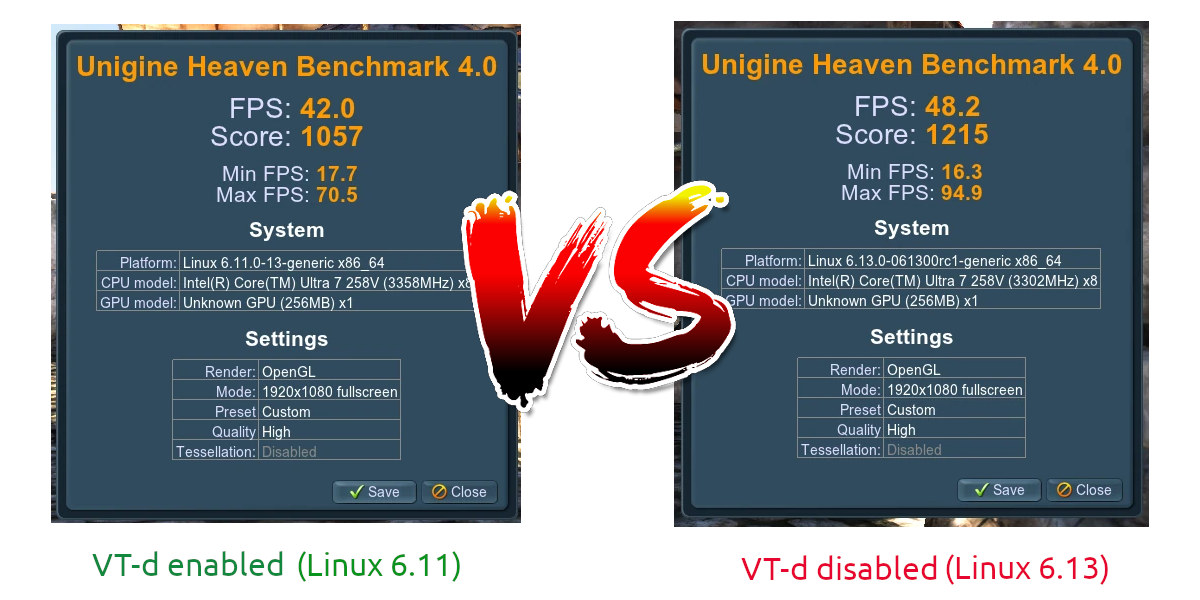
Agile & Coding: Better Python Developer Productivity with RDD
I have written about REPL Driven Development (RDD) before, and I use it in my daily workflow. You will find setups for Python development in Emacs, VS Code and PyCharm in this post from 2022. That's the setup I have used since then. But there's one particular thing that I missed ever since I begun with RDD in Python. I learned this interactive REPL kind of writing code when developing services and apps with Clojure. When you evaluate code in Clojure - such as function calls or vars - the result of the evaluation nicely pops up as an overlay in your code editor, right next to the actual code. This is great, because that's also where the eyes are and what the brain is currently focused on.
The setup from my previous post will output the evaluated result in a separate window (or buffer, as it is called in Emacs). Still within the code editor, but in a separate view. That works well and has improved my Python Developing Productivity a lot, but I don't like the context switching. Can this Python workflow be improved?
I've had that question in the back of my mind for quite some time. My Elisp skills are unfortunately not that great, and I think that has been a blocker for me. I've managed to write my own Emacs config, but that's about it. Until now. During the Christmas Holidays I decided to try learning some Emacs Lisp, to be able to develop something that reminds of the great experience from Clojure development. I used an LLM find out how to do this, and along the way learned more about what's in the language. I'm not a heavy LLM/GPT/AI user at all. In fact, I rarely use it. But here it made sense to me, and I have used it to learn how to write and understand code in this particular language and environment. I have done rewrites and a lot of refactoring of the result on my own (my future self will thank me). The code is refactored from a few, quite large and nested Lisp functions into several smaller and logically separated ones. Using an LLM to just get stuff done and move on without learning would be depressing. The same goes for copy-pasting code from StackOverflow, without reflecting on what the code actually does. Don't do that. Ok, back to the RDD improvements. I can now do this, with new feature that is added to my code editor: Selecting a variable, and inspecting what it contains by evaluating and displaying the result in an overlay. Selecting a function, execute it and evaluate the result. The overlay content is syntax highlighted as Python, and will be rendered into several rows when it's a lot of data.
Leave a Comment
Related Posts

















